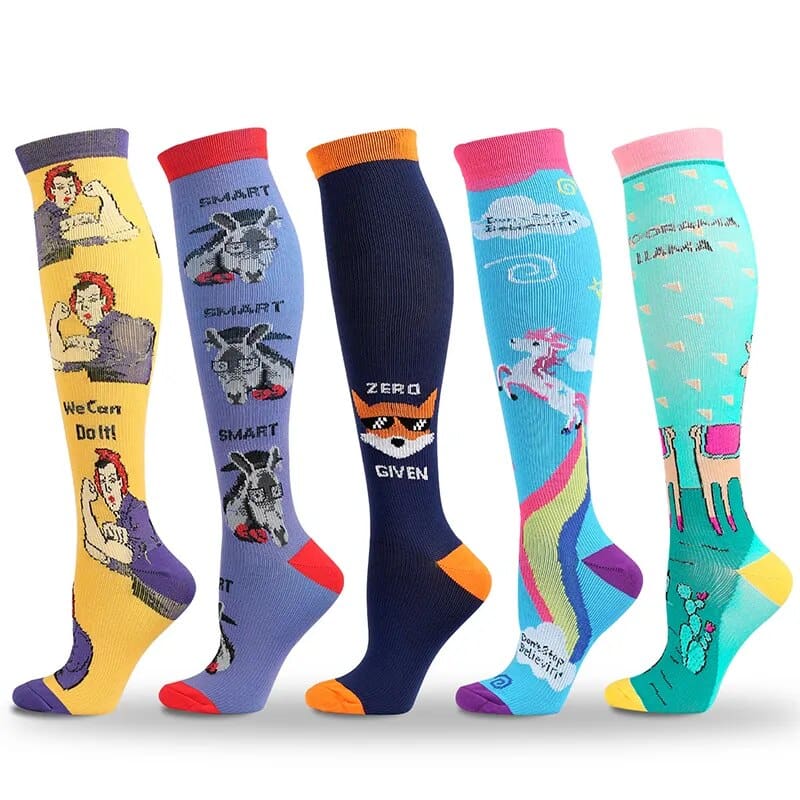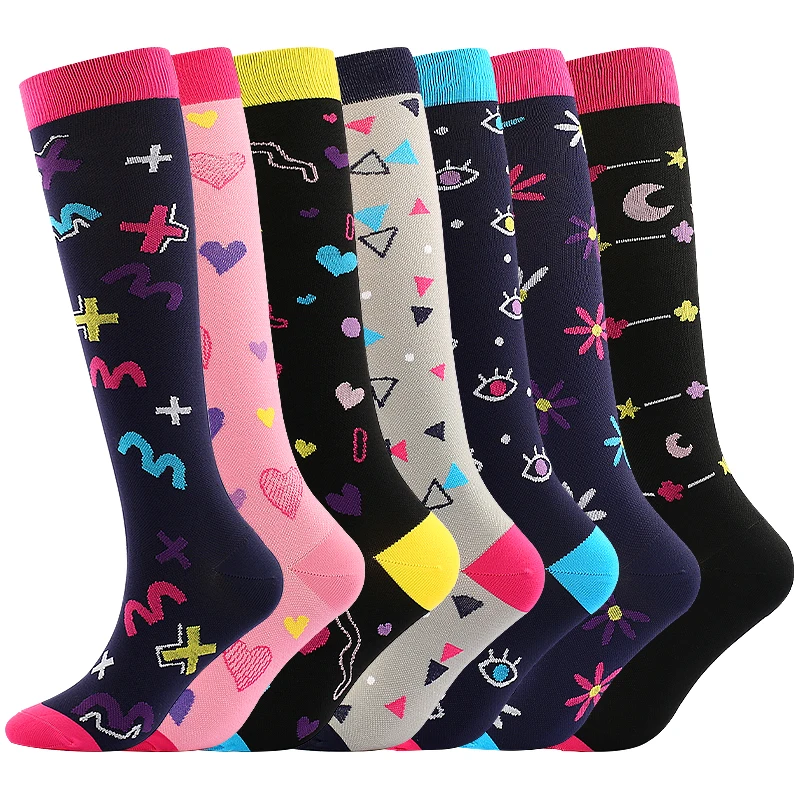Compression Socks: Enhancing Comfort and Health
Compression socks have come a long way from being primarily associated with medical use. Today, they are worn not only for therapeutic purposes but also for enhancing comfort during various activities. This article will explore the world of compression socks, their benefits, and how they can improve your daily life.
Understanding Compression Socks
Compression socks, or compression stockings, are specially designed hosierys that provide graduated leg pressure. This pressure is most substantial at the ankle and gradually decreases as it moves up the leg. This design helps improve blood circulation by aiding blood flow back to the heart.
The Benefits of Compression Socks
Compression socks offer a wide range of benefits that can positively impact your health and well-being:
Improved Circulation
One of the primary benefits of compression socks is the enhancement of blood circulation. Applying gentle pressure to the legs helps prevent blood from pooling in the lower extremities. This can be especially beneficial for individuals sitting or standing for long hours.
Reduced Leg Swelling
Compression socks can reduce leg swelling, particularly in the ankles and calves. This is helpful for pregnant women, frequent travelers, and individuals with certain medical conditions like edema.
Enhanced Athletic Performance
Many athletes have embraced compression socks for their potential to improve performance. They may help reduce muscle fatigue, enhance recovery, and provide added support during workouts.
Prevention of Blood Clots
Compression socks are often prescribed to individuals at risk of developing blood clots, such as those recovering from surgery or with a history of deep vein thrombosis (DVT). They can help prevent clot formation by promoting healthy blood flow.
Choosing the Right Compression Socks
To maximize the benefits of compression socks, it's essential to choose the right pair:
Compression Level
Compression socks come in different compression levels, typically measured in millimeters of mercury (mmHg). The appropriate tier depends on your needs and should be determined in consultation with a healthcare professional.
Size and Fit
Ensure you select the right size to ensure a snug but comfortable fit. Proper sizing is crucial for the socks to deliver the desired pressure to your legs effectively.
Material
Opt for compression socks made from breathable and moisture-wicking materials to ensure comfort throughout the day.
Incorporating Compression Socks into Your Life
Whether you're wearing compression socks for medical reasons or enhanced comfort, here are some tips for incorporating them into your daily routine:
- Wear them consistently, mainly if prescribed by a healthcare professional.
- Put them on in the morning when your legs are less swollen.
- Pair them with appropriate footwear to ensure a comfortable fit.
- Wash and care for them according to the manufacturer's instructions to maintain their effectiveness.
Compression socks have become a versatile accessory catering to health and lifestyle needs. Whether you wear them for medical reasons or to enhance your daily activities, their benefits are undeniable. Improved circulation, reduced swelling, enhanced athletic performance, and blood clot prevention are just a few of the advantages they offer.
Understanding the benefits and choosing the right compression socks can elevate your comfort and overall well-being. So, consider adding a pair of compression socks to your wardrobe and experience the difference they can make.




















